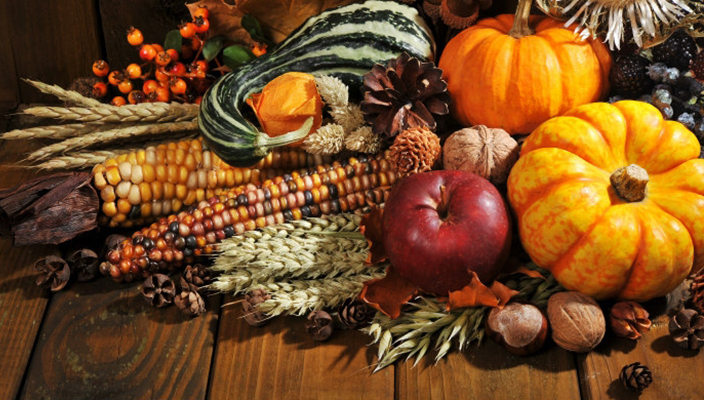
What is your happiest memory of Thanksgiving? For many, our most cherished stories are woven around the special foods we enjoyed in the past. For me, my fondest memories are of the harvest full moon festival in Korea—Chuseok—gathering with my grandmother and others to make dumplings, while she prepared her special Korean treats. In those times, when we did not have much choices for sweets, these homemade delicacies became rare treasures I anticipated all year. Even now, whenever I eat a similar dish, I’m brought back to those childhood days with a sense of warmth and nostalgia.
It is striking how our senses can so vividly revive memories. Particularly, the act of eating is combined with various sensations. It is not just about taste; it engages sight with the shape and color of the food; touch, with its texture and warmth; smell, with comforting aromas; even hearing, as we share laughter and conversation at the table. Food becomes a vessel where memories are stored and woven together, ready to be relived.
This brings to mind the experiences of the disciples. From the beginning to the end of Jesus’ ministry, sharing meals was at the heart of their fellowship. The table was not merely a place to eat, but a place where love and forgiveness were experienced. I imagine Jesus was not always solemn, speaking only of God and salvation. Sometimes, perhaps, he lightened the mood with a gentle joke, asked about someone who was unwell, or shared joys and sorrows around births and deaths. So much of his humanity fully revealed God’s divinity in a radical way but in these ordinary settings.
When Jesus, at the Last Supper, said, “Do this in memory of me,” I believe he was speaking to something much deeper than simply recalling that final meal. After he had ascended, every time the disciples’ broke bread and shared wine, it must have brought back a lot of memories—Jesus’ words, gestures, compassion, and laughter shared on the table. The call to “do this in memory of me” is not an invitation to mere nostalgia, but a living reminder—a real encounter with his presence and his teachings.
This raises questions for us today:
What does our table look like? Is it a space where God’s love and forgiveness are shared?
How do we come to the Eucharistic table? Are our hearts open to receive Christ’s love and, in turn, to truly receive one another?
As we gather with loved ones this Thanksgiving, may we create one more living memory of love around the table. May that love extend outward, to embrace those who are less fortunate, so that all might find a place at the feast.
From Fr. James


